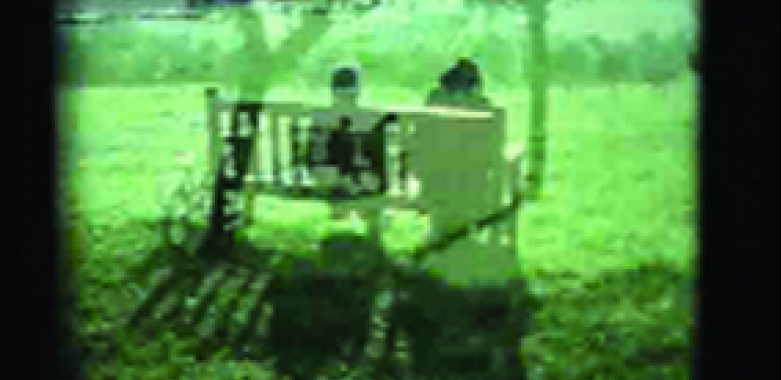In the year of 2103, planet Earth is no longer habitable. Unable to cope with the force of gravity, human beings now live in an international space station. No longer able to withstand direct contact with the terrestrial environment, they rely on filmic, photographic, written, and digital archives as the only source of knowledge about their own past. The character Usha Adebaran Sagar, a descendent of Otolith Group member Anjalika Sagar, explores her ancestor’ diary and archive. The documentation, in turn, reveals’s research about her own grandmother, a former member of the National Federation of Indian Women during the 1970s. structured as a mise en abyme — whereby plots are arranged within other plots –, the narrative creates a circular image of time in which different points in history ultimately become superimposed. Although it produces a dystopic effect, the procedure also reveals historical virtualities that did not come to pass, and which endow time with thickness. The video had a sequel, Otolith II, in 2007, where Usha continues to read Anjalika’s diary. This is one of the group’s earliest works, created as they began their investigations into so-called Afrofuturism. While they employ science fiction expedients, the group’s works never lose sight of the historical processes and political conflicts engendered in them. The post-apocalyptical vision dissociates itself from a caricatural reading that was hitherto very common in cinema.

